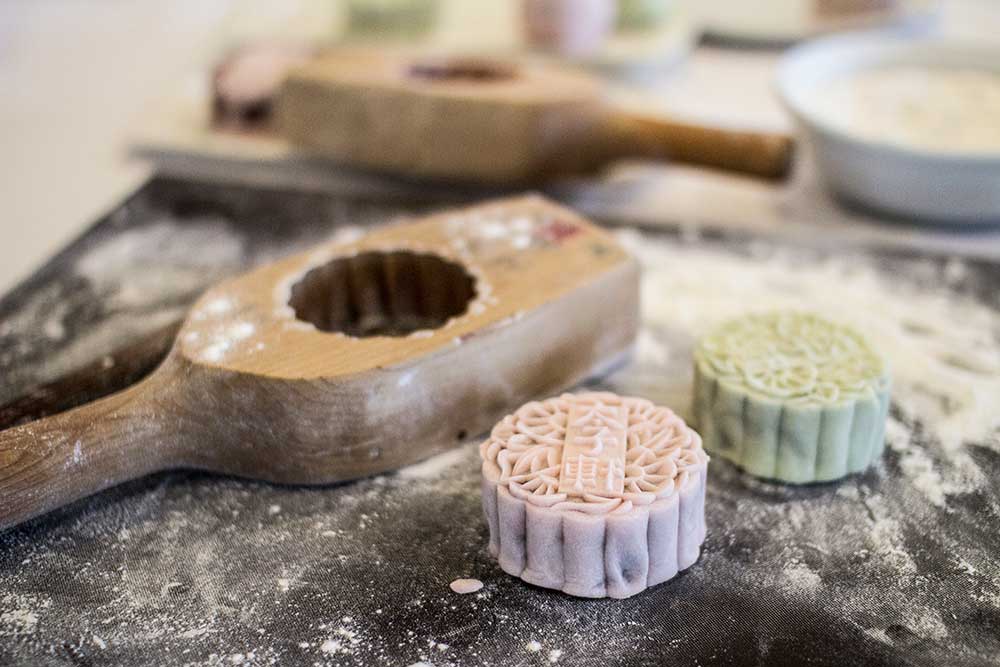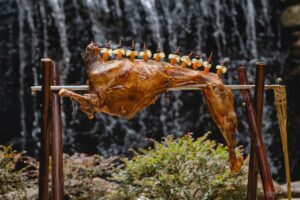This is what really goes into a few bites of lotus or red bean paste in a thin baked flour skin.
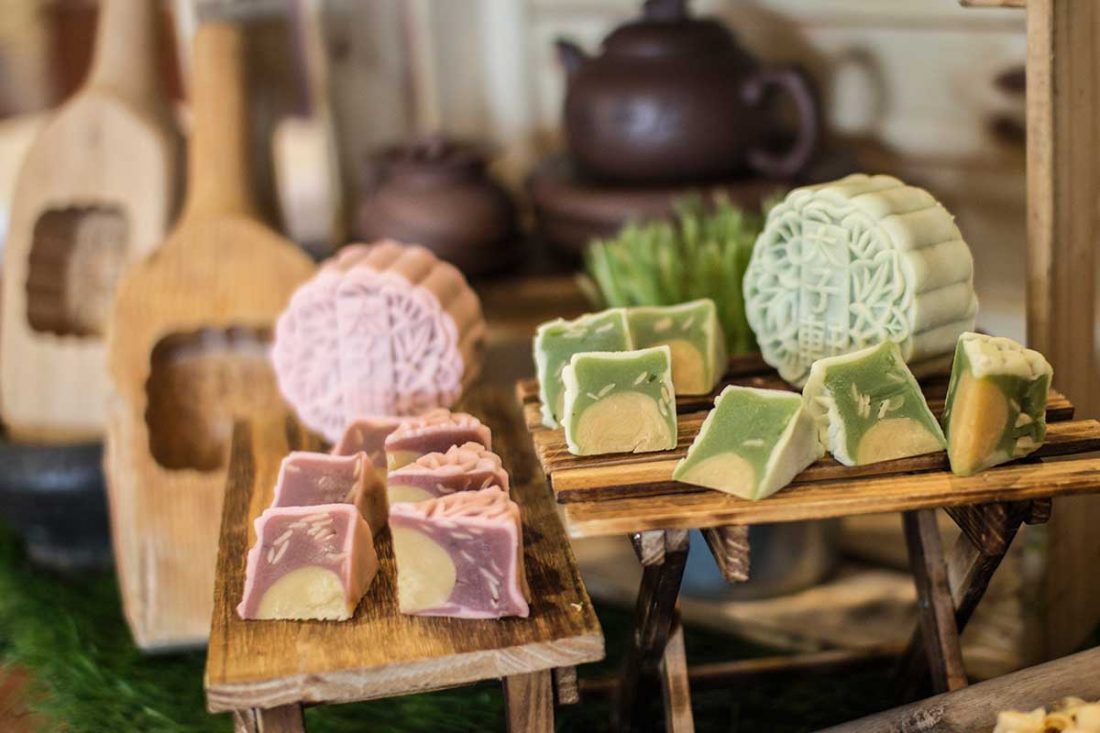
It’s mooncake season, marked by hotels and restaurants galore peddling their many varied offerings from traditional baked to snowskin varieties. Some stand out with unique flavours like milk tea and champagne, while others catch attention with breathtaking packaging that can double as keepsakes.
Either way, it’s that time of the year when the sweet pastry with the dense centre, some stuffed with a salted egg yolk or two, others with nuts and even little slivers of barbecued meat, is the hottest commodity in any bakery or cake shop, with prices to reflect the demand. Prices of a quality mooncake can range anywhere between RM15 all the way to RM70 per piece. Sometimes, figures even go beyond three figures when chefs get adventurous and throw in gold flakes and more.
A pastry considered quintessential during the Mid-Autumn Festival, one might wonder what explains the exorbitant prices for a few bites of lotus or red bean paste in a thin flour skin. Chef Wu Chee Hong of Mandarin Oriental KL walks us through the true cost of a mooncake.

The cost of time
A mooncake, if made from scratch, can take more than a whole day to make. The most classic lotus paste mooncake requires hours of labour beginning with the washing of raw lotus seeds. It needs to be soaked for overnight to soften the nut-like seed before it is cleaned by hand. One by one, each seed needs to be halved to have the core removed. Then it is boiled over low to medium hear with constant stirring that can take up six hours before it softens enough to be mashed into paste form.
Then we come to the skin. The making of the dough takes 2-3 hours as it needs to rest before it can be moulded and baked. The baking will take another 2-3 hours as the mooncake needs to be removed from the oven to cool after baking to be coated with an egg wash before it is returned to the oven to bake again.
Mooncakes with nuts and eggyolk require extra time as each ingredient needs to individually prepared and carefully handled. For example, the nuts need to first be shelled, roasted and cooled before they are folded into the paste.
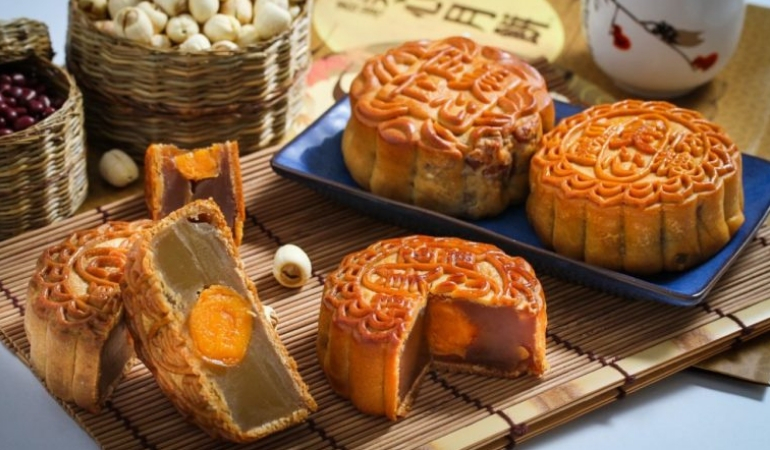
The cost of ingredients
The making of a lotus paste mooncake starts up to 4-6 months before the actual process. Most places import their lotus seeds, which will take time and additional cost, for best flavour and texture. Mandarin Oriental KL opts for premium grade lotus seeds for their mooncakes, which costs a lot more than local or lower-grade lotus seeds. After the core and shoots are removed, 1.5kg of lotus seeds will be enough to only make 24 regular sized mooncakes.
The ingredients for the skin, the eggyolk, the nuts and more all come together to push the price up to the numbers you see. Even something as basic as the flour used for the skin of the mooncake plays a pivotal role in the final outcome – it will affect how smooth, bouncy or fluffy the results are.
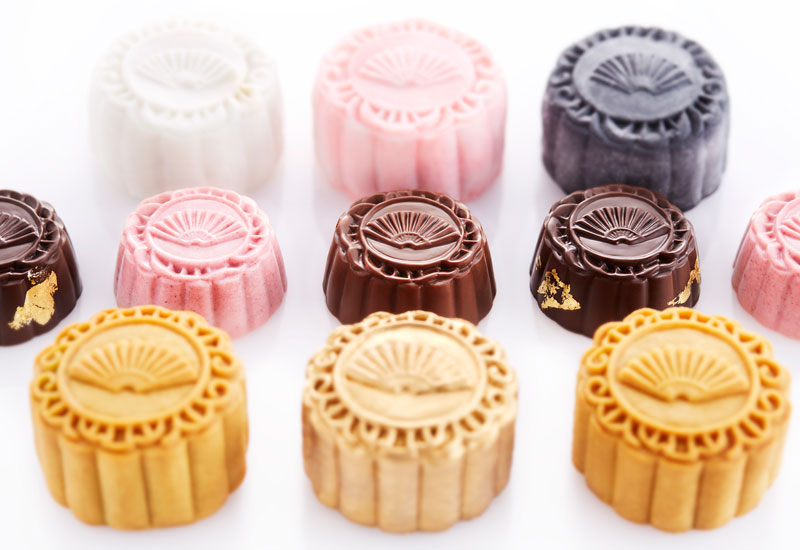
The cost of craft
It takes years of experience and impeccable precision to perfect a mooncake. A good mooncake has skin that isn’t too thin so one can taste the fragrance of the skin while not too thick so it’s not too doughy. It should have the perfect balance of moisture and oiliness, a prized touch achievable only after the mooncake has rested for 3-5 days. A well “oiled” mooncake takes on a darker colour and appears shiny on the surface.
The cost of tradition
Despite the cost on the pricetag, as well as all the above unseen cost of labour and love, mooncakes continue to be a prized tradition, a delicacy enjoyed during Mid-Autumn Festival to bring family, friends and associates closer. Gifting it brings people together, and the enjoyment of tasting it, seals the camaraderie. The next time you wonder if that mooncake is worth the pricetag, think about the true cost it took, and the rewards many folds more one small mooncake brings.
Happy Mid-Autumn Festival.
Learn more about Mandarin Oriental KL’s mooncake offerings at the official website here.
(Photos: iStock and Mandarin Oriental KL)




